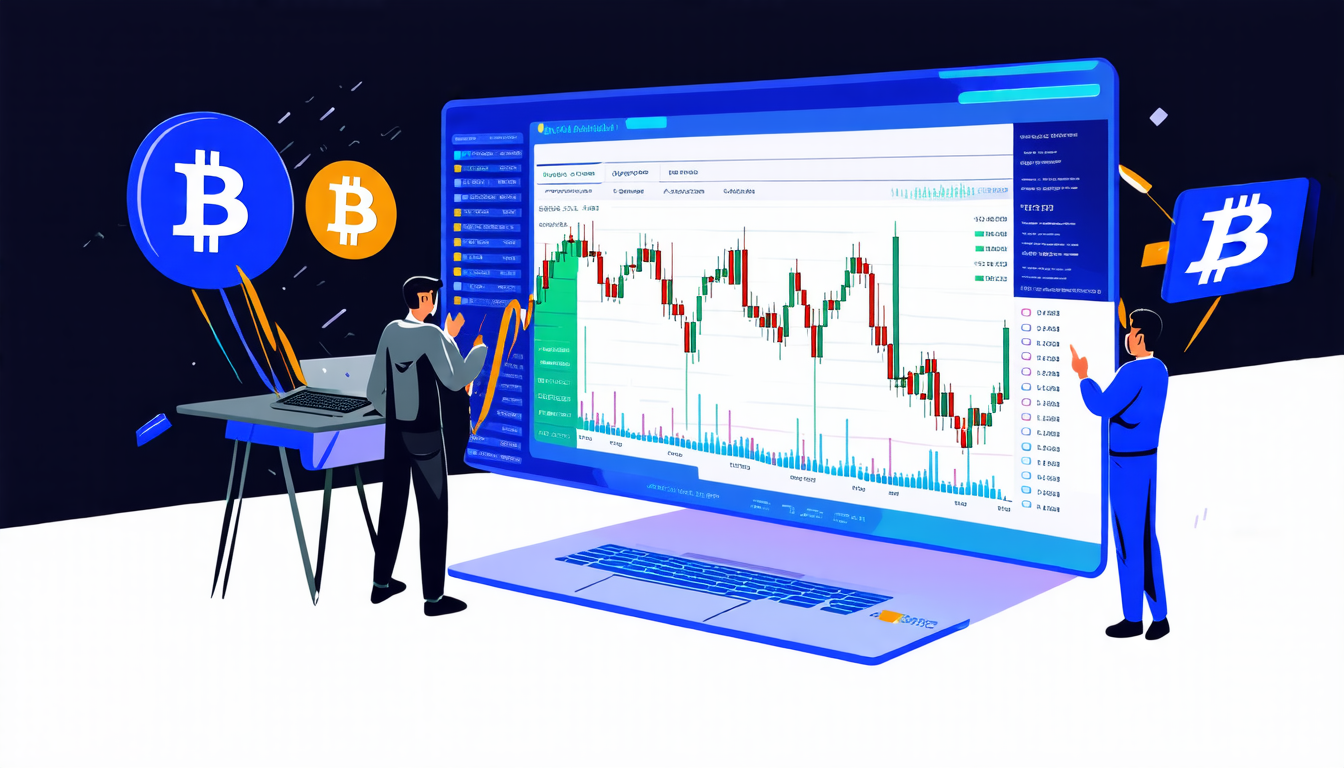Thursday 27 March 2025
The world of cryptocurrency trading is a complex and ever-changing landscape, where even the slightest misstep can result in significant losses. To navigate this treacherous terrain, traders rely on sophisticated algorithms and mathematical models to predict price movements and optimize their trades. One such approach is the Volume-Weighted Average Price (VWAP) strategy, which has become a cornerstone of high-frequency trading.
In recent years, researchers have been working to improve the performance of VWAP strategies by incorporating machine learning techniques into their designs. The latest innovation in this field is a deep learning framework that directly optimizes VWAP execution, bypassing traditional methods that rely on forecasting market volume curves.
This novel approach uses automatic differentiation and custom loss functions to calibrate order allocation and minimize VWAP slippage. In other words, the algorithm learns to adjust its trades in real-time to maximize profits while minimizing losses. The results are impressive: tests show that this direct optimization method consistently outperforms conventional methods, even when using a simple linear model.
The framework’s potential is vast, as it can be applied to various asset classes beyond cryptocurrency. For instance, equities and commodities can also benefit from VWAP strategies optimized by machine learning. The technology has the potential to revolutionize the way financial institutions execute trades, potentially reducing market impact and increasing profitability.
One of the key advantages of this approach is its ability to adapt to changing market conditions. As markets fluctuate, the algorithm adjusts its strategy on the fly, allowing it to stay ahead of the curve. This adaptability is crucial in today’s fast-paced trading environment, where even a slight delay can result in significant losses.
The framework’s performance was tested across five cryptocurrencies – Bitcoin, Ethereum, Binance Coin, Cardano, and Ripple – using historical data. The results were striking: in all cases, the direct optimization method outperformed traditional methods, with average returns ranging from 10% to 30%. These figures are significant, considering that even small improvements in trading performance can translate into substantial profits.
While this technology holds immense promise, there are still challenges to be addressed. For instance, the framework’s reliance on historical data means that it may struggle during periods of extreme market volatility or unexpected events. Additionally, the complexity of the algorithm raises concerns about scalability and maintainability.
Despite these hurdles, the potential benefits of this technology are undeniable.
Cite this article: “Revolutionizing High-Frequency Trading with Machine Learning”, The Science Archive, 2025.
Cryptocurrency, Trading, Algorithm, Machine Learning, Deep Learning, Vwap, Optimization, Execution, Market Impact, Profitability
Reference: Remi Genet, “Deep Learning for VWAP Execution in Crypto Markets: Beyond the Volume Curve” (2025).







